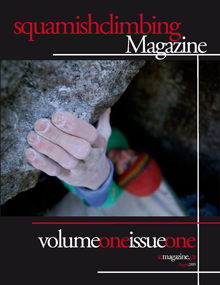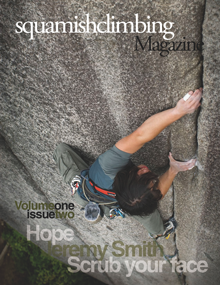We are please to have local physiotherapist William Bateman as a guest contributor for this training article.
My last video introduced the concept of stability in the posterior chain. We used the bridge exercise as a means of training static stability in the posterior chain. As a refresher, static stability refers to stability around the joints of the body without movement around any other joint. When training core stability, we typically start with static stability and progress to dynamic. We used the push-up (please link) and pull-up (please link) as a means of training dynamic stability of the anterior chain.
This week we’ll progress the bridge exercise by making it into a dynamic stability exercise.
To help illustrate, allow me to share a few examples of when this muscle group comes into play. The most obvious example is a climber on overhanging terrain using his heel to prevent a barn door. Your posterior chain is doing much of the work anytime you heel hook.
Now picture a climber desperately reaching for a crimp. They first get their middle finger on the crimp, then somehow their index finger, and finally the ring finger. They can now bear down on the crimp, and steady themselves to bring their right foot up to a large foothold. The crux is over. What got them there? Their posterior chain. As the climber reached for the hold, their low back and glutes kept the bulk of their body close to the wall, their hamstring helped drive the pelvis into the wall while also helping the foot maintain tension on the hold. Finally, their calf pushed the heel up, and their mid-back extended their spine so that they could reach the hold.
Now consider the climber reaching for a far off foot hold. The moment the foot lands on the hold she needs the posterior chain to drive the foot into the hold so it doesn’t peel back off the wall. Her calf and hamstring are doing most of that work. If she wants to make her life easier, she’ll drive her pelvis and low back closer to the hold to get more of her weight over the foot. The muscles in her low back are doing much of this work. These are all muscles found in the posterior chain.
In other words, you use your posterior chain just as much as you would any other muscle group. If you want to avoid injury (think low back, knee, hamstring) and generally climb harder, training the posterior chain is key.












